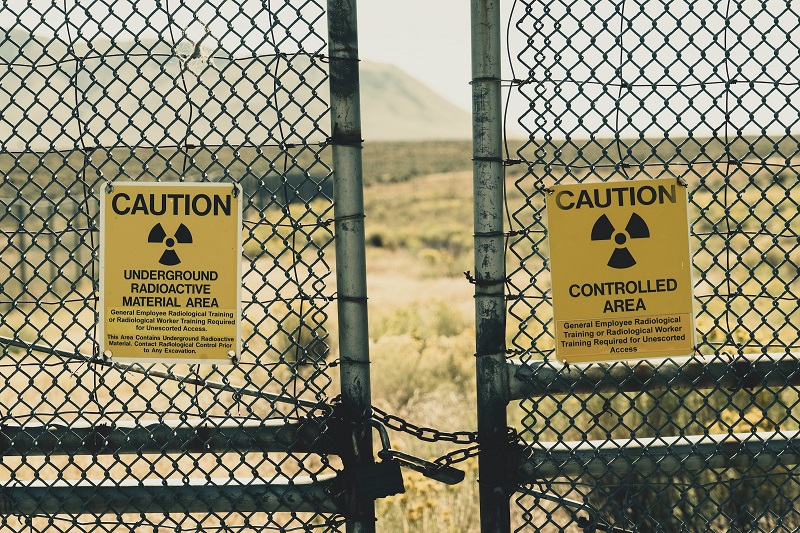
Nuclear Waste: A Bitter Reality, a Political Quagmire
The U.S. is facing a mounting problem, nuclear waste. There are more than 100 reactors in North America – U.S. and Canada, with almost 150,000 metric tons of waste and growing.
The U.S. doesn’t have long-term storage solutions for high level waste, and this is the heart of the problem. The waste is still very much highly radioactive. The United States has about 88,000 metric tons of spent fuel in nuclear power plants in around 30 states, adds about 2,000 tons each year. A report revealed that U.S nuclear power plants store the spent fuel (waste) in giant concrete cylinders that are more than 10 feet tall with layers of concrete and stainless steel several inches thick.
Joy Russell, the chief commercial officer for Holtec International, said the concrete cylinders, also called overpacks, are very safe. The company has modeled a 767 aircraft and an F-16 aircraft, crashing into an array of the overpacks. “There is no release of radioactive material, even under an event of such force,” Russell said.
Keep Reading
But Allison Macfarlane, a geologist and director of the School of Public Policy and Global Affairs at the University of British Columbia in Canada, says the storage will eventually leak and break down. “We suspect they’ll last for decades. We don’t know how many decades. We don’t think they’ll last for hundreds of years. So, this is not a long term solution.” Macfarlane said the Nuclear Regulatory Commission licenses the cylinders for up to 40 years. Holtec said they can last longer.
“But regardless, the spent nuclear fuel will remain a problem. People have thought of a variety of crazy schemes for dealing with nuclear waste, things like shooting it into outer space or whatnot. But we aren’t very good at getting rockets up without blowing them up.”
Macfarlane believes a deep geologic repository is a good idea as it puts waste deep, 400 to 500 meters below the earth. It remains away from humans and the environment for hundreds of thousands of years, but it remains radioactive. “A repository would have to be far from earthquakes, volcanoes, or moving water.”
It should be noted that most nuclear waste is stored on-site at power plants. It has been stored in decommissioned reactors and other surface-level facilities in the U.S and Canada. There’s the option of recycling it to create more nuclear fuel as spent fuel has more than 90 percent of its original potential energy. It can be reused to generate more energy, but then that’s a very expensive affair.




